Discovering the Temples & Shrines of Metoba – Part Four: Okamiya Jinja
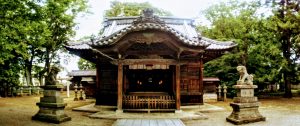
The last stop on our tour of Metoba takes us to a shrine of spacious proportions. This is particularly good news if you are exploring Metoba on a sweltering summer day since Shinto shrine grounds always come with lots of trees and therefore offer plenty of shade. (The same can not be said of Buddhist temples, in case you haven’t noticed.)
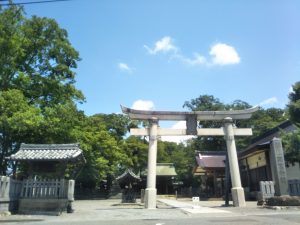
The large stone torii on the northwest corner of Dai-anraku Temple’s sprawling cemetery marks the entrance to Okamiya shrine. This shrine actually predates the establishment of Matsumoto – or Fukashi, as it was originally known – as a castle town. The exact year Okamiya Jinja was founded, however, is a mystery (or a closely-guarded secret).
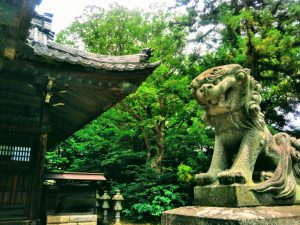
Like all respectable shrines, Okamiya Jinja exists for the enshrinement of a deity. In this case it is the sacred and versatile god Kate no Namikote, who is a god of fertility, of hunting, of wind, of heroism, of the samurai dragon, of national development, of the pioneering of local development, and, of course, of the well-being of these Fukashi Plains and this Shinshu region as a whole.
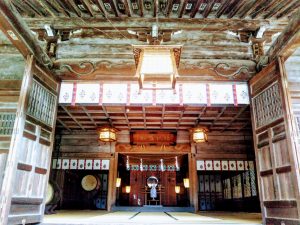
In 1663, once Matsumoto Castle and the town around it was fully established, Lord Mizuno rebuilt Okamiya Shrine in its spot just northeast of the castle grounds. In 1700 the ruling Mizuno Clan offered the shrine to the town along with all related ritual costs and ceremonial offerings, making Okamiya Jinja a place for all people to pray for continued health, prosperity and good fortune.
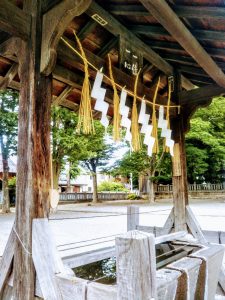
Okamiya Jinja’s annual spring festival, held May 4-5, is a long-standing tradition carried on to pray for the continued peace and security of the castle, the prosperous development of the region, and the happiness of all people. Festivals in Japan can sometimes seem little more than extravagant displays of culture and custom whose origins have blurred over time. But one could also argue that Okamiya Jinja’s annual tradition has born fruit over the years. Note that Matsumoto Castle was never attacked. The castle’s structures did fall into disrepair over time though, and after being slated for demolition around the turn of the 20th Century the castle was saved at the last minute by a group of townsfolk. The fortuitous continued existence of the castle has played an integral part of the development of Matsumoto as a popular tourist destination which has in turn boosted the town’s overall economic health. As far as the happiness of the people of Matsumoto is concerned, I’ll let you be the judge of that.
Meanwhile, enjoy the shaded serenity of Okamiya Jinja, compliments of the trees that, in some cases, are several hundred years old – though of course, no one knows for sure exactly how old they truly are.
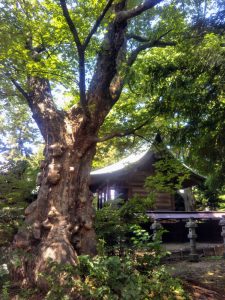
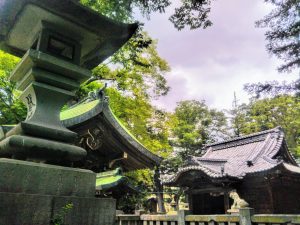
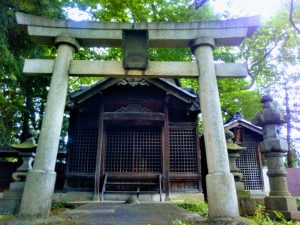
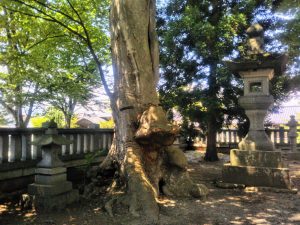
And when you’ve had your fill of shade trees and age-old serenity head back out for the return walk through Metoba, the slice of Matsumoto that few ever really get to know.
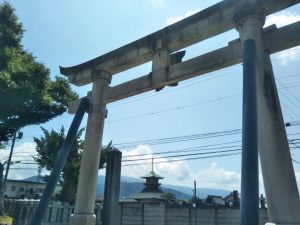
*** Click the links here to check out Part One, Part Two, and Part Three of this series on Matsumoto’s Metoba neighborhood.
And here’s your treasure map for Okamiya Shrine:
[googlemaps https://www.google.com/maps/embed?pb=!1m18!1m12!1m3!1d3217.831068159692!2d137.97819204699013!3d36.2435974593692!2m3!1f0!2f0!3f0!3m2!1i1024!2i768!4f13.1!3m3!1m2!1s0x601d0e999e150a9d%3A0xebe5906328410cd2!2sOKANOMIYA%20Shrine!5e0!3m2!1sen!2sjp!4v1566739483996!5m2!1sen!2sjp&w=600&h=450]